Coral Reefs
Coral reefs are complex and productive ecosystems that support the highest biodiversity of any marine ecosystem. The number of species that coral reefs support worldwide has been estimated to range from 0.6 to over 9 million (Bouchet 2006). This diversity is concentrated in the central Indo-Pacific (i.e., Coral Triangle) and decreases with increasing distance from the Indo-Australian archipelago (Plaisance et al., 2011). Coral reefs are often called rainforests of the sea. With their varied morphologies, ranging from branching to massive, coral colonies provide substrate, shelter, and food resources for many reef organisms such as fish and invertebrates.
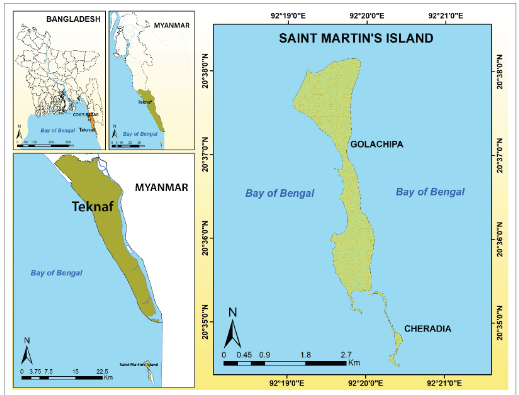
Figure 1. Location of Saint Martin’s Island in Bangladesh.
The coastal waters of Bangladesh, along the northern end of the Bay of Bengal, exhibit high levels of turbidity and salinity fluctuations which prevent coral reef development. This region of the Bay of Bengal is under the influence of the Ganges-Brahmaputra-Meghna (GBM) river system with high freshwater discharge and heavy sediment load. The sediments that are discharged into the coastal marine environment are then transported by coastal currents. In these relatively turbid coastal waters of the northeastern Bay of Bengal, about 9 km south of the mouth of the Naf River (Figure 1), there is a small island namely Saint Martin’s Island (locally known as ‘Narikel Zinzira’). Situated at the southern-most tip of Bangladesh the island lies between latitudes 20°34´ – 20°39´N, and longitudes 92°18´ – 92°21´E. The land area of the island during low and high tides is about 8 km2 and 5 km2, respectively. Including the rocky platforms extending into the sea the total area of the island is about 12 sq. km (Thompson and Islam 2010). Saint Martin’s Island is the only island in Bangladesh that supports flourishing scleractinian coral communities, and reef-associated flora and fauna. Since coral deposits do not form the base rock of Saint Martin’s Island, then technically, the island is not a ‘coral island’ as popularly believed. The base rock of this island was formed millions of years ago and consists of tertiary-age sandstone. The scleractinian coral communities in these waters have survived for centuries despite their struggle with seasonal monsoons and turbid water. There are no true coral reefs around this island, but flourishing coral communities are found in shallow waters along with seagrass beds, soft coral habitats and rocky habitats. Coral communities extend up to 200 meters offshore from the lower intertidal. Coral communities of Saint Martin’s Island, while relatively diverse, represent only a small percentage of the bottom substrate. Off the southeastern tip of the island, where corals are most abundant, coral cover represents only 8.8% of the bottom substrate, with coral densities of 1.3 colonies/m2 (Tomascik 1997).
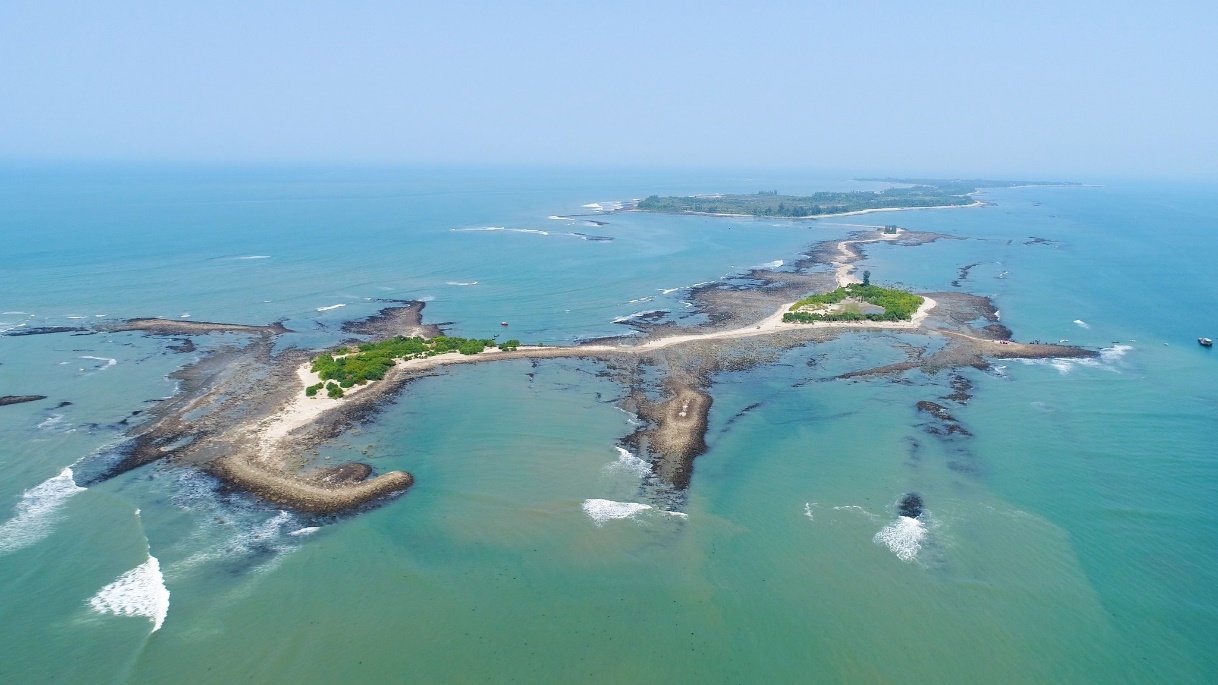
Figure 2. Bird’s eye view of a part of Saint Martin’s Island in Bangladesh.
Saint Martin’s Island (SMI) is located on a shallow continental shelf with a maximum depth of 25 m. The maximum depth of the island shelf is only 10 m. The main shoreline habitats are sandy beaches and dunes. The shallow-water marine habitats are as follows (Tomascik 1997):
Rocky and sandy intertidal habitats: The intertidal zone or littoral zone of Saint Martin’s Island is made by rocky cliffs and sandy beaches which are exposed at low tide and underwater during high tide. The maximum elevation of the island is around 6.5m above sea level at cliffs along the eastern coast of the island (plate 1-3).
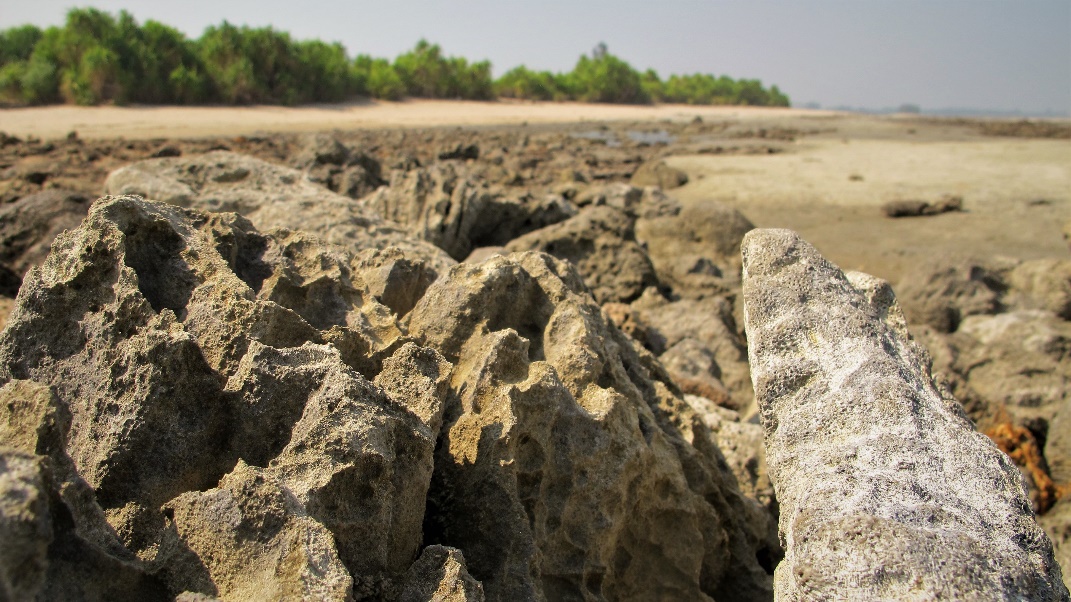
Figure 3. Rocky upper intertidal zone in SMI
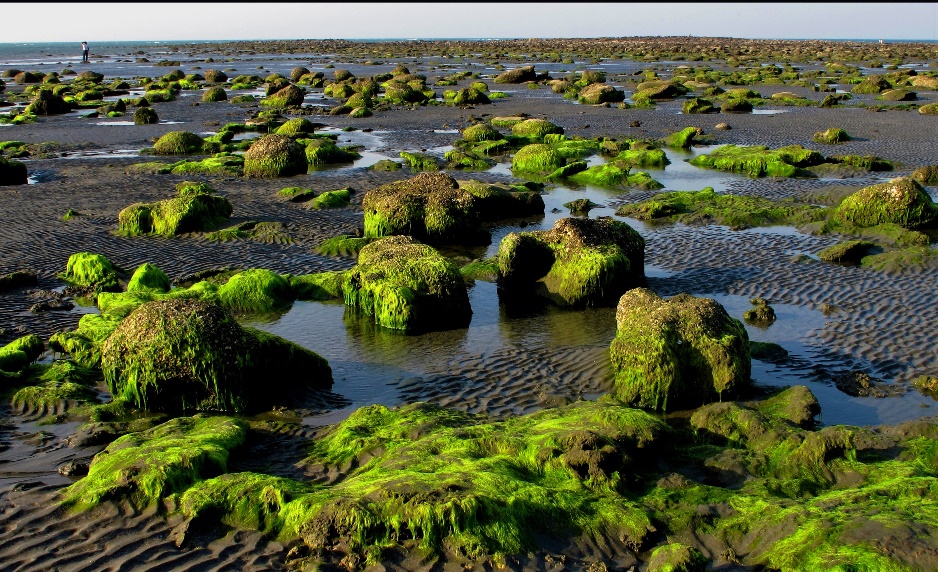
Figure 4. Mixed rocky and sandy intertidal zone in SMI
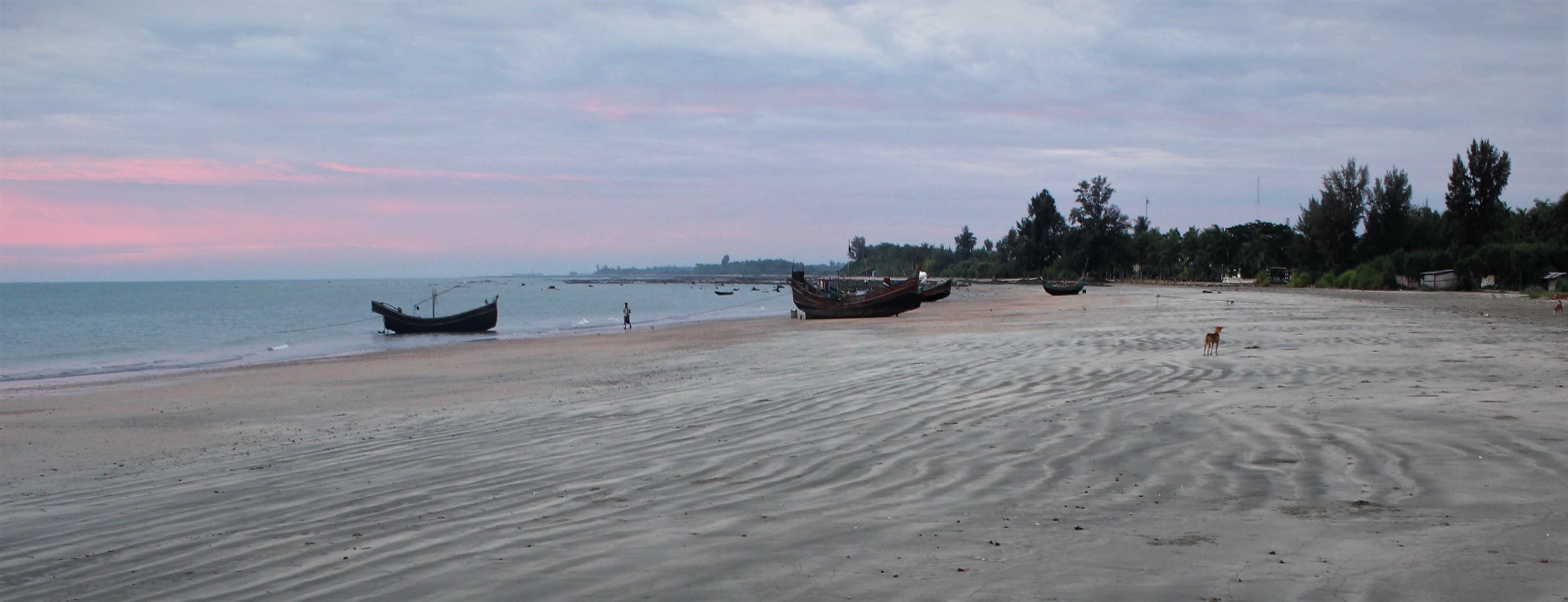
Figure 5. Sandy Beach in SMI
Shallow-water hard coral habitat: Hard corals, also known as scleractinian corals or stony corals or reef-building corals belong to the order Scleractinia of the phylum Cnidaria. They produce a rigid skeleton made of calcium carbonate (CaCO3) in crystal form called aragonite. A colony of hard corals consists of thousands of individual polyps that are cemented together by the calcium carbonate skeletons they secrete. A total of 98 species of hard corals of 18 families and 37 genera have been reported until now in Saint Martin’s Island (Habib and Islam, 2021). The genera Acropora, Favites, Goniopora, Montipora and Turbinaria are the most abundant. Plate 4 shows a lower intertidal coral habitat zone in SMI.
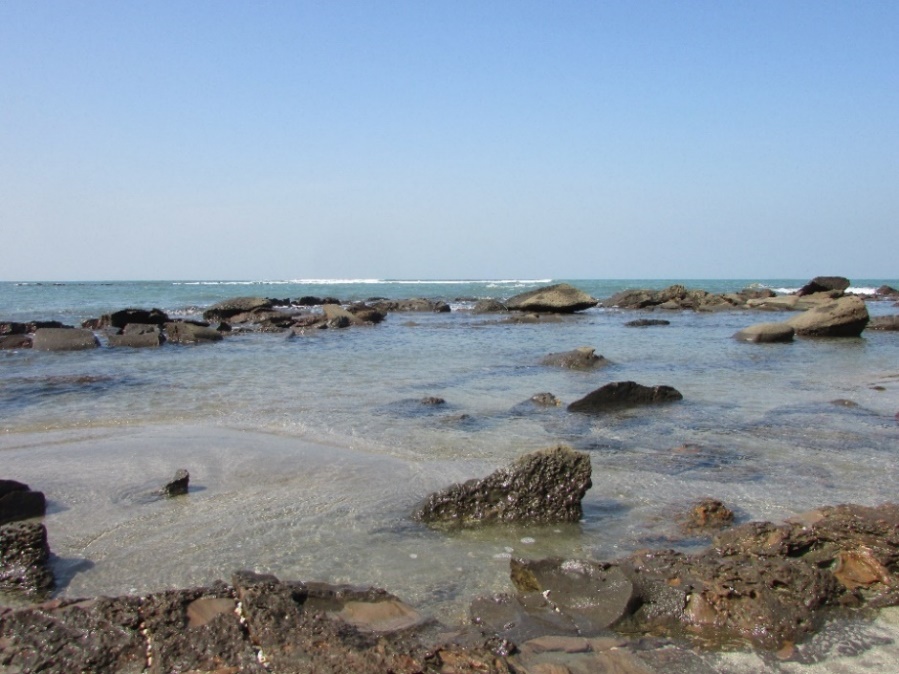
Figure 6. Lower intertidal coral habitat zone in SMI
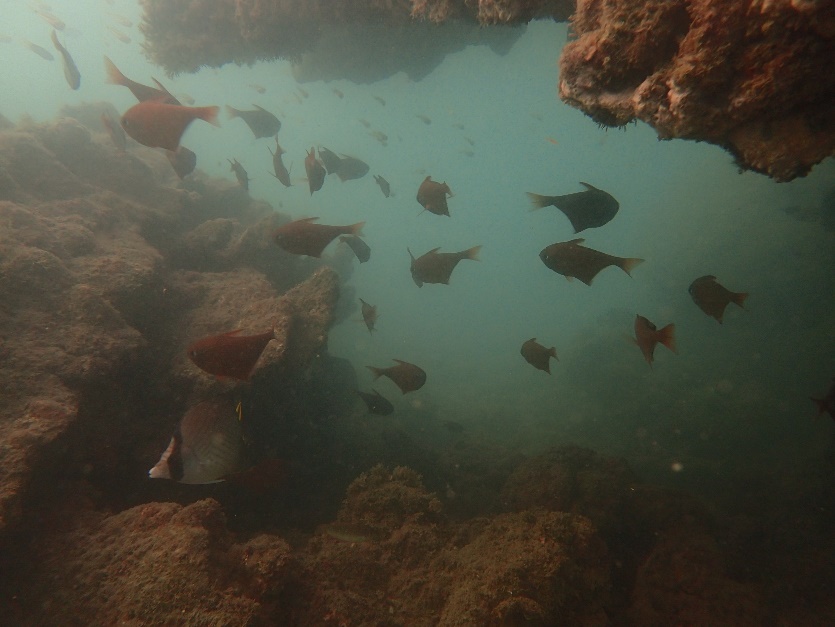
Figure 7. Subtidal rocky reef in SMI
Subtidal rocky reef habitats: The rocky subtidal habitats extend from the seaward margin of the intertidal zone to about 1,000 m offshore and support a diverse coral community (Plate 5). The subtidal rocky reefs on Saint Martin’s Island are composed of sedimentary rocks that are always submerged, even at low tide. The rocky reefs in both deep and shallow waters of Saint Martin’s Island provide an essential substratum of many plants especially different seaweeds and animals such as sea fans, sea anemones, Christmas tree worms, oysters etc. The rocky reefs are home to many coral-associated fishes such as groupers, parrotfishes, butterflyfishes and others. In the southern part of Saint Martin’s Island, coral communities are denser and more diverse than another part of the island. In general, the rocky subtidal zone of Saint Martin’s Island extends up to 200 to 500 meters seaward from the edge of the lower intertidal and supports diverse coral communities (Tomascik 1997).
Mixed seaweed-seagrass beds: Several different species of marine flowering plants (angiosperms) known as the seagrasses are also found on Saint Martin’s Island. However, it’s the seaweeds that dominate the rocky substrates. Unlike the seagrasses, seaweeds are benthic macroalgae that lack true leaves, stems, and roots. Mixed seaweed and seagrass beds are found in both intertidal and subtidal habitats around the Saint Martin’s Island. Plate 6 clearly shows a macroalgal assemblage. These habitats are important nursery habitats for several species of reef fish and invertebrates. Several species of reef fishes forage in seagrass beds during the night and return to the protection of the reefs during the day.

Figure 8. Seaweeds beds in SMI
Soft coral habitats: The soft corals belong to the macro invertebrates order Alcyonacea of Phylum Cnidaria with an absence of a massive skeleton structure or internal axis. Unlike reef-building corals they do not have calcareous exoskeleton, whereas they have minute spiny skeletal elements known as sclerites (Plate 7). Soft coral colonies look like trees, bushes, fans, whips, and grasses. Most of the soft coral species on the island occur deeper than 2 m. The dominant families of soft corals on SMI are: 1) gorgonian sea fans (e.g. Plexauridae, Melithaeidae, Subergorgiidae); 2) small sea fans (Anthothelidae); and 3) sea whips (Ellisellidae) (Tomascik 1997; Habib et al., 2021). Fishes associate with soft coral in different ways including as shelter, a food source or a surface for sourcing epiphytic food (Epstein and Kingsford 2019).
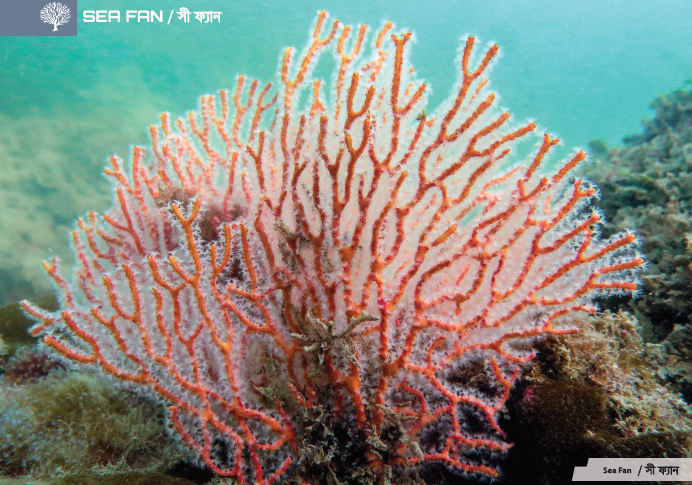
Figure 9. Soft coral (sea fan) habitats in SMI
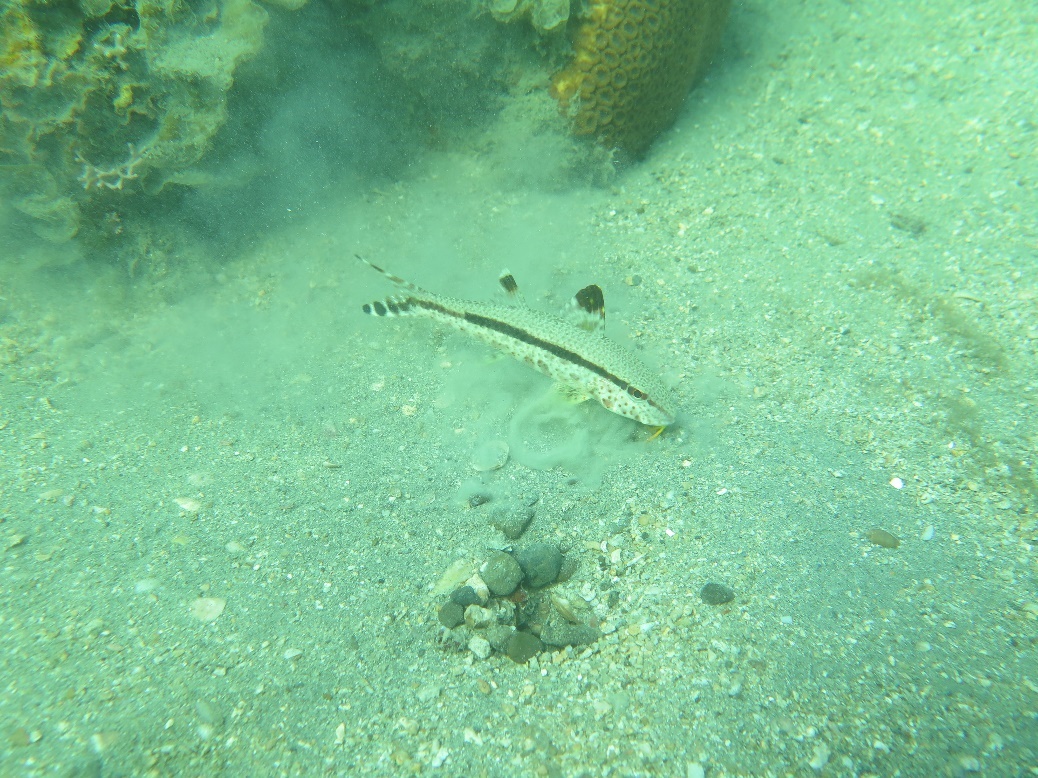
Plate 8: Soft-bottom habitat in SMI
Soft-bottom habitats: Saint Martin’s Island has a number of soft-bottom habitats that are dominated by unconsolidated sediments. These habitats include beaches, mud flats, shoals, holes, and sandbars (Plate 8). The unconsolidated sediments found in the soft-bottom habitats are constantly being moved by bottom currents and wave action along the bottom from one area to another. Soft-bottom environments provide habitats for many marine animals to burrow, forage and spawn. Many marine organisms like rays, flatfish, gobies, marine crustaceans, hermit crabs and gastropods are found in soft-bottom habitats. These soft-bottom habitats are particularly important foraging grounds for a number of different coral-associated fish species like the lionfish, scorpionfish, croaker, gobies, etc.
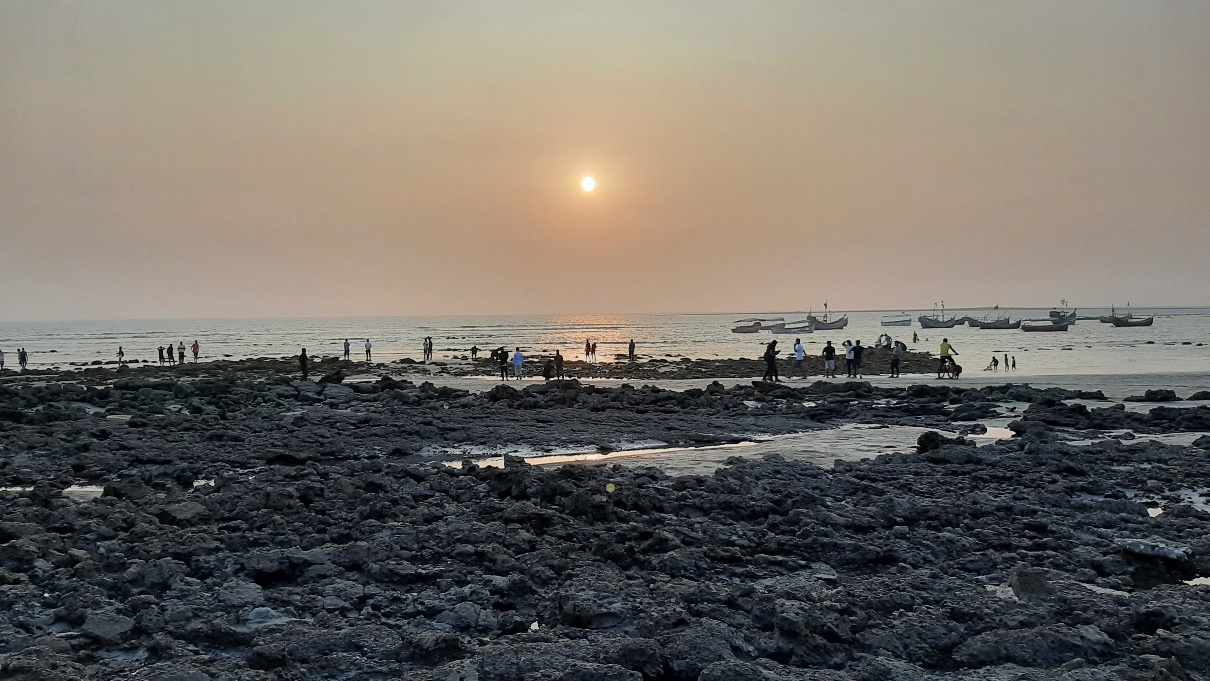
Figure 10. Rocky shore of Saint Martin’s Island
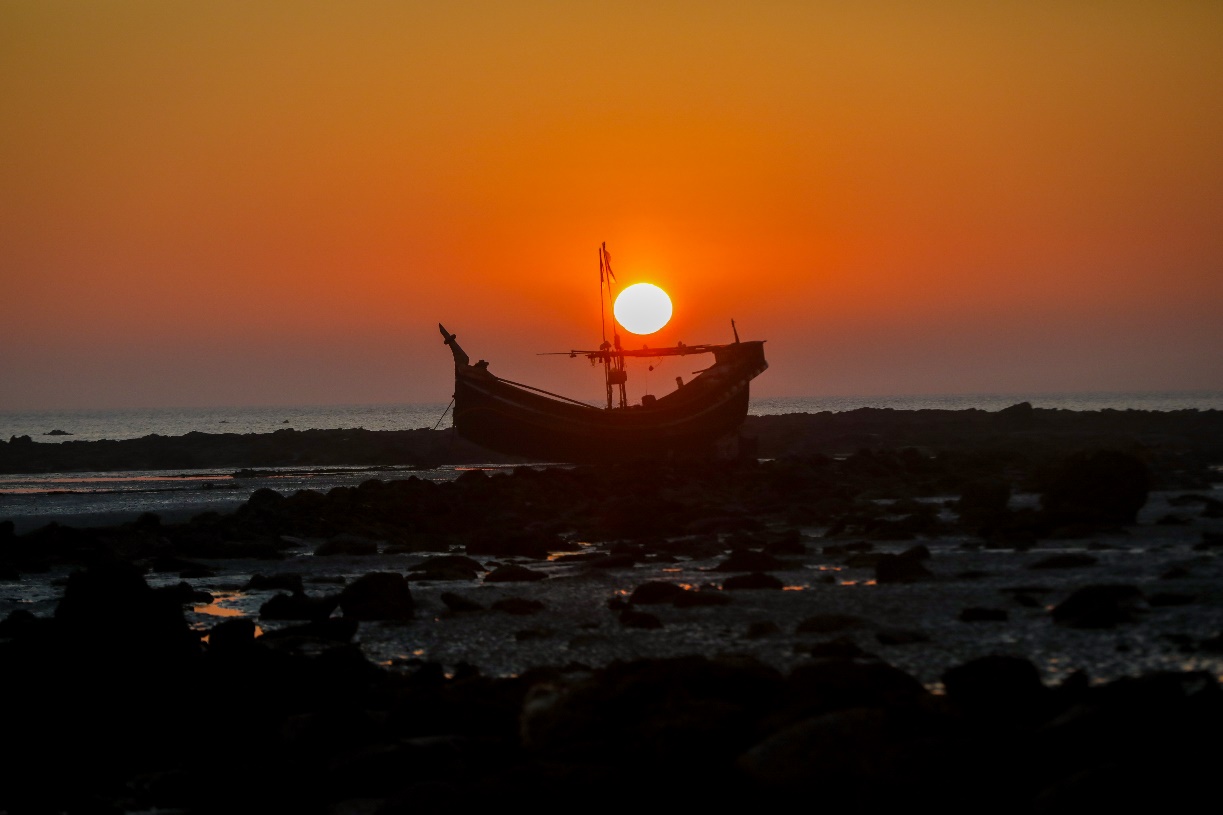
Figure 11. Sun-set time in Saint Martin’s Island
[Read Preview] To enjoy the scenic underwater habitats & amazing colorful creatures of Saint Martin’s Island, you may collect this album book. Underwater Citizens of Saint Martin’s Island, Bangladesh
[Read the book] To know about reef fish diversity of Saint Martin’s Island you may read Reef Fishes of Saint Martin’s Island, Bangladesh: An Identification Book with DNA Barcodes
References
Bouchet P (2006) The magnitude of marine biodiversity. In: Duarte CM, (ed.) The exploration of marine biodiversity: scientific and technological challenges. Bilbao, Spain: Fundación BBVA, 31–64 pp.
Habib KA and Islam MJ (2021) New distributional record of twelve scleractinian corals from Saint Martin’s Island, Bangladesh. Bangladesh journal of Zoology 49 (1): 03-18. https://doi.org/10.3329/bjz.v49i1.53678
Habib KA, Islam MJ and Neogi AK (2021) Underwater citizens of Saint Martin’s Island, Bangladesh. Sher-e-Bangla Agricultural University, Dhaka. 176pp.
Plaisance L, Caley MJ, Brainard RE and Knowlton N (2011) The Diversity of Coral Reefs: What Are We Missing? Plos ONE, 6 (10): 1-7. https://doi.org/10.1371/journal.pone.0025026
Thompson PM, Islam MA (eds) (2010) Environmental Profile of St. Martin’s Island, United Nations Development Programme, Dhaka, 152 pp.
Tomascik, T (1997) Management Plan for Coral Resources of Narikel Jinjira (St. Martin’s Island). National Conservation Strategy Implementation Project–1: Management plan for coral resources of Narikel Jinjira (St. Martin’s Island). Ministry of Environment and Forest, Government of Bangladesh, 126 pp.